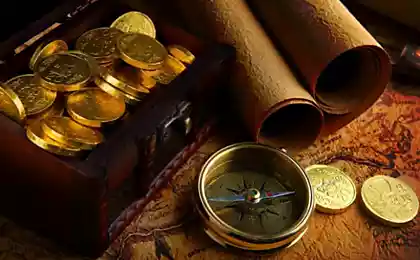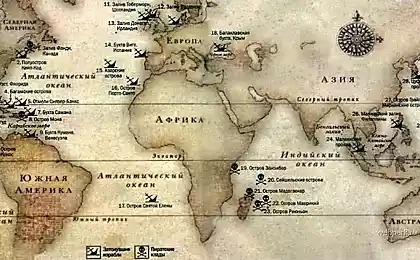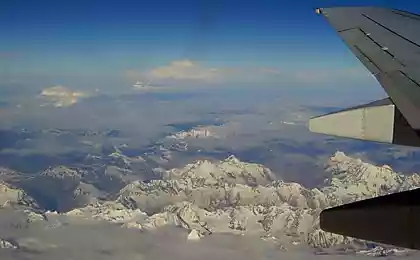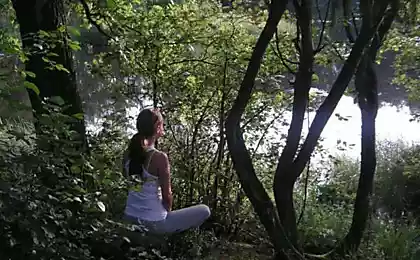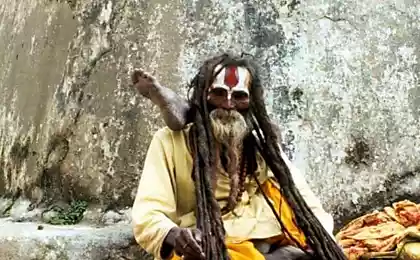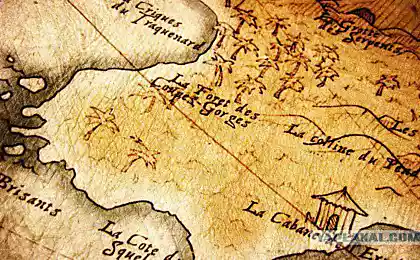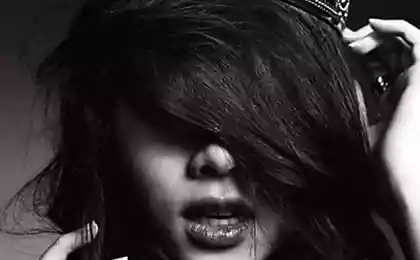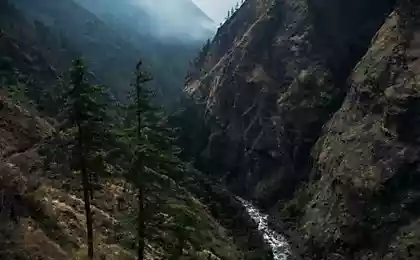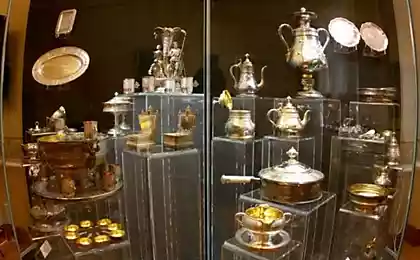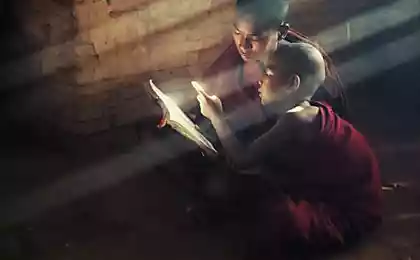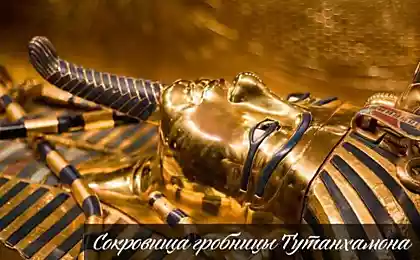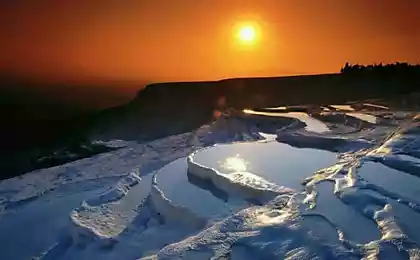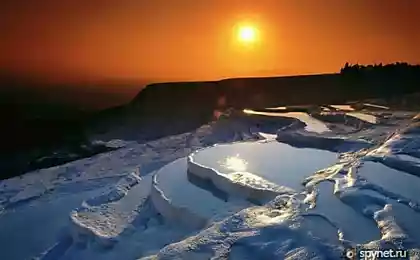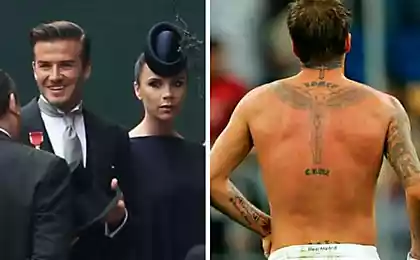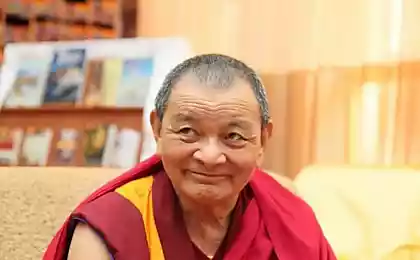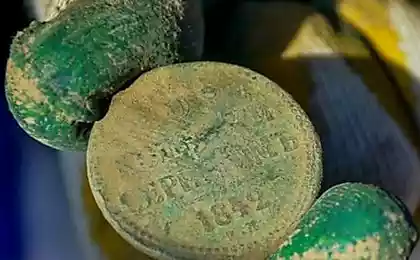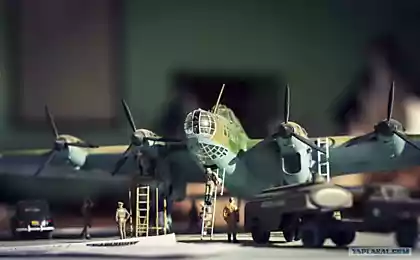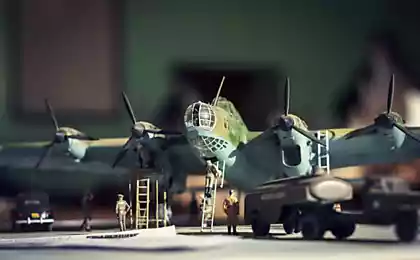1451
Treasures of the Himalayas (41 photos)
In this post you will see the ancient statues of Buddha and Bodhisattvas, Buddhist paintings on cloth - thangkas, prayer wheel and the real mortar, wish-fulfilling.
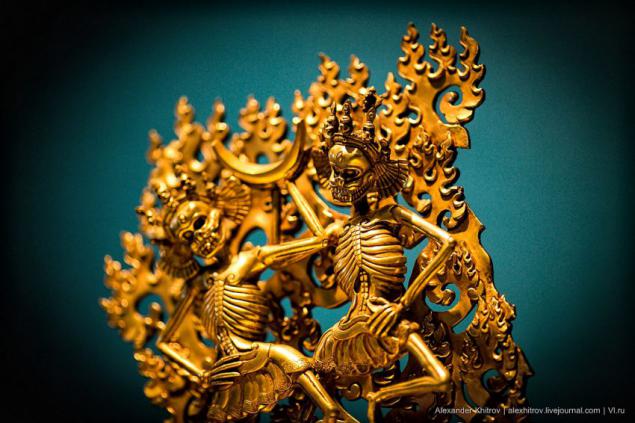
Interactive project "Treasures of the Himalayas" was launched in the boundary walls of the State Art Gallery on Wednesday, October 16.
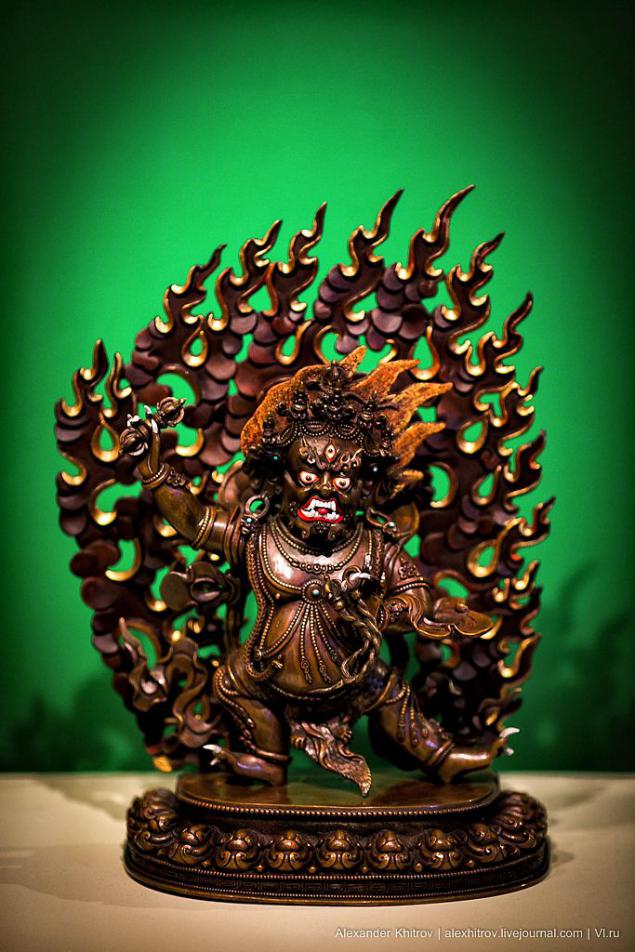
The exhibition - more than 400 exhibits from Nepal, Bhutan, Tibet, India, Republic of Kalmykia, Buryatia and Mongolia. One of the rooms is dedicated to archaeological objects found during excavations in the Primorsky Territory.
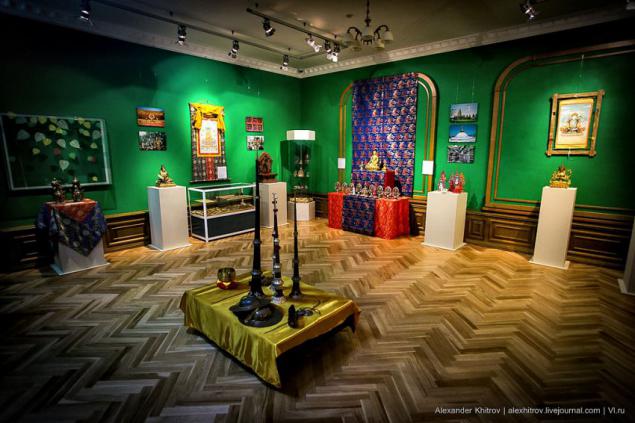
All of these treasures is not "home" - they are ten years traveling across Russia. In Vladivostok, the project first, and then our city will travel to Khabarovsk, Komsomolsk-on-Amur and Blagoveshchensk. Organizers of the exhibition - the international public organization "Cultural Heritage of the Himalayas" and the Association of Buddhist Diamond Way Karma Kagyu tradition.
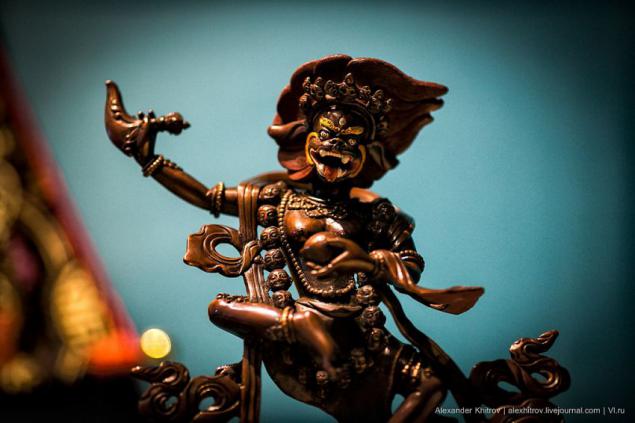
First things presented in the collection of private collectors, then became Buddhists do not buy. According to the organizers, they would not show museum pieces, not archaeological artifacts and modern, the living tradition of Himalayan Buddhism (which is committed to a number of regions of Russia).
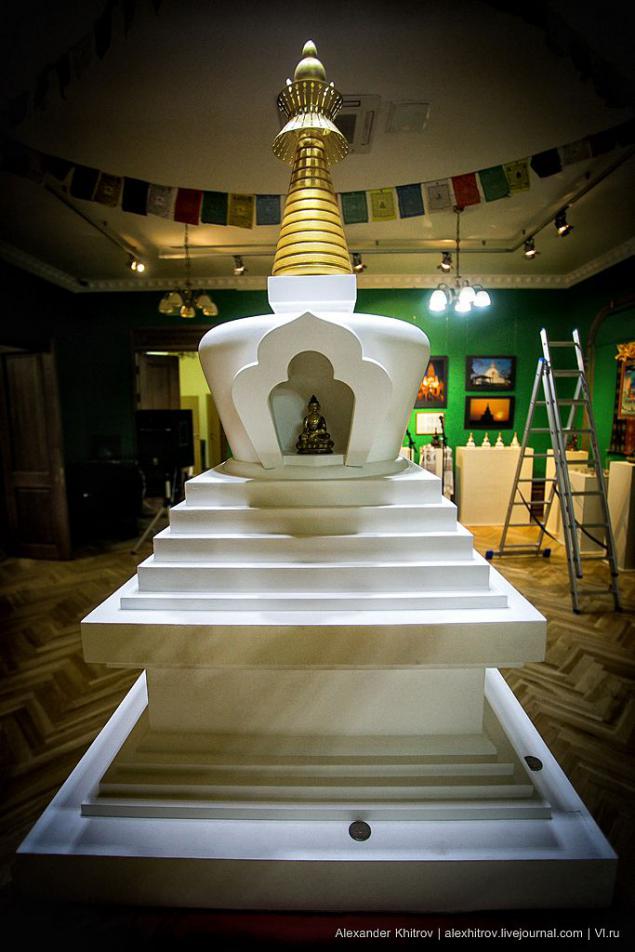
Already in the staircase gallery hung with colorful scarves good wishes - these can be found in the temples of Tibet, Nepal and Bhutan. Some statues of Buddha already on coins from visitors - they symbolize the generosity of the giver. And in the center of the exhibition - the stupa. So in the Buddhist tradition called religious building having a spherical or hemispherical outline.
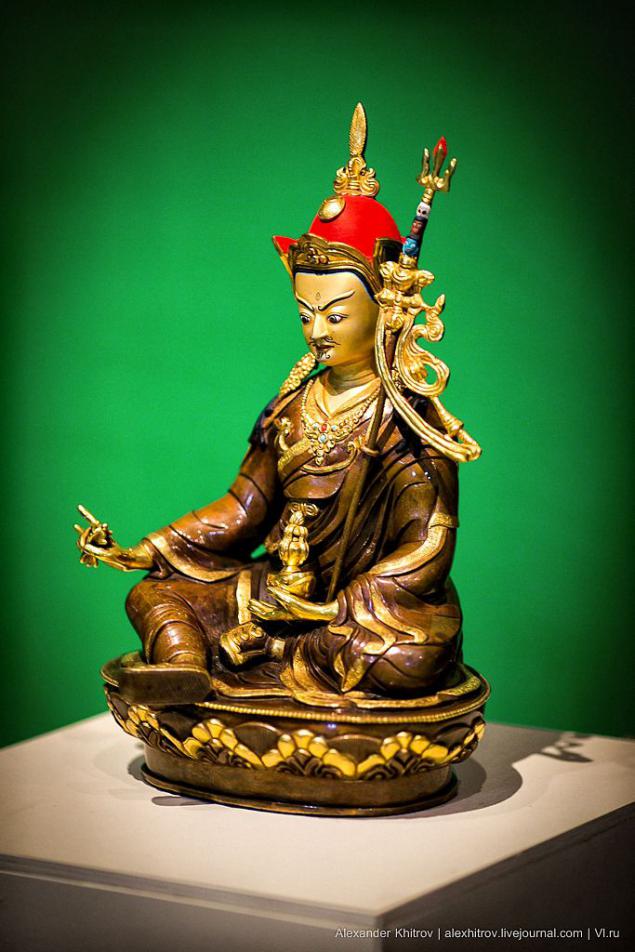
"This is - a model of the first stupa built in Elista, Kalmykia. Even 15 years ago in the Buddhist region of our country was not a single mortar. The first was built with the support of the Russian Association of Buddhists in 1998, and now across the region of 40 stupas, "- said the curator of the exhibition project" Treasures of the Himalayas ", the creator of the collection Svetlana Belyaeva.
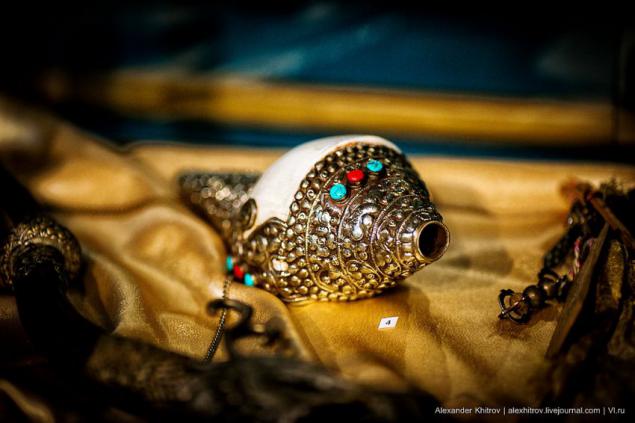
They say that the stupa to protect the place where it is installed. And Buddhists believe that it grants wishes. It is only necessary to bypass it around three times clockwise - and still make a wish. But is it to be useful not only help yourself but also others. And in the end, it is desirable to add: "Let it bring joy and benefit many beings».
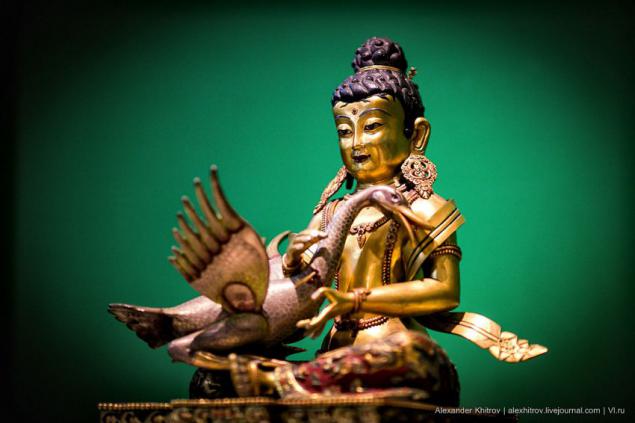
In the same hall - eight smaller stupas, they are dedicated to events in the life of the historical Buddha Shakyamuni. Statues along the walls depict different forms of the Buddhas.

One of the halls is entirely devoted to the Buddhist artifacts found by archaeologists during excavations in the Primorsky Territory. There are things the decorative properties. And there are objects of worship. For example, Vajra (or other transcription Dorje) - ritual weapons and one of the pivot symbol of Buddhism. It was found during excavations in the ancient settlement Krasnoyarovskom and belongs to the XII-XIII centuries. "The Sanskrit word means" diamond "- this is the stone Buddha 2500 years ago chose a symbol of enlightened mind. When teachers give students the teachings they hold a vajra in his right hand (the right side is considered to be a male activity), and the left - a bell, a symbol of feminine wisdom, "- says Svetlana Belyaeva.
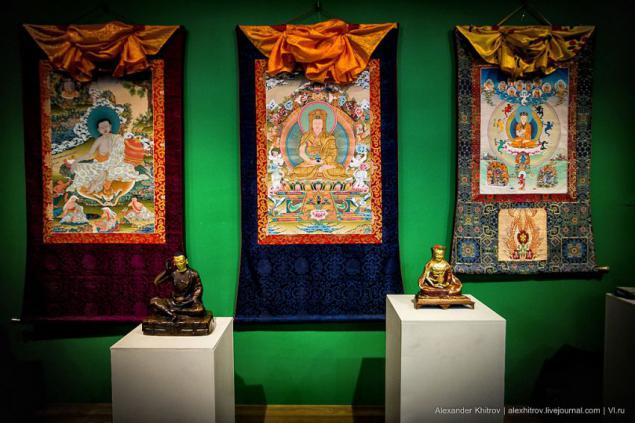
On the walls - thangka. It's a special kind of art inherent in the Himalayan region. On vertical scrolls depict various Buddha forms, scenes from the life of Buddha and the Buddhist representation of the structure of the world. For example, on one of the thangka painted mandala - a schematic representation of the world and the divine energy.
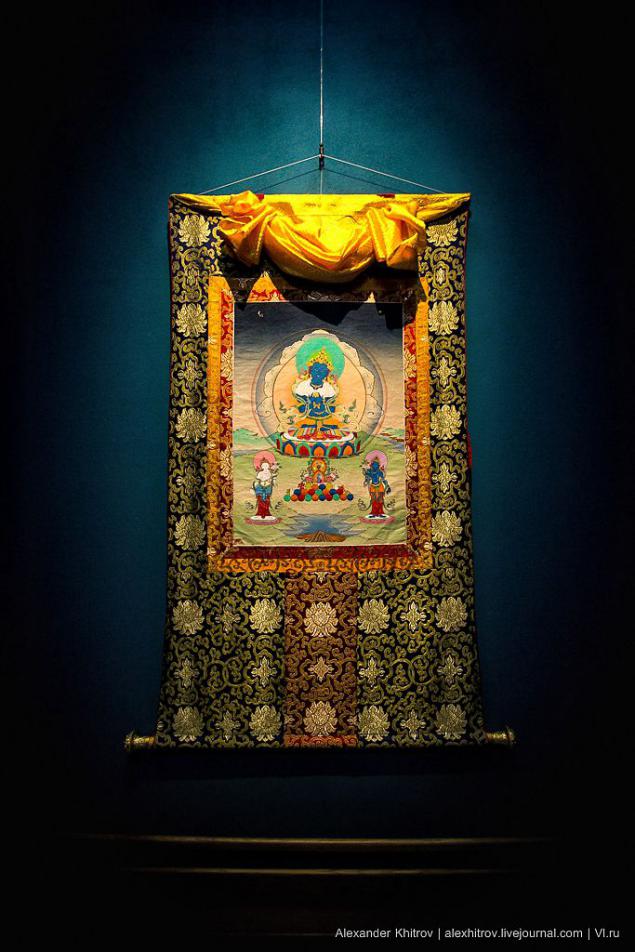
"From the European paintings, primarily thangka is different in looks like framing. It is always soft - it was convenient to roll it into a tube and travel, - said the artist thangka-painting and specialist in Buddhist art Zalina Toguzaeva. - Here are a variety of technology implementation thangka. For example, technology application - the entire image is cut out of tiny pieces of silk, each of which is specially processed and pasted on a silk base. Masters, so that work in our day, a handful. The exhibition presents two such works, maybe we will buy another one. They are very valuable, it is a real silk, gold thread ... But the authors do not know - in Buddhist art, as opposed to European, self-expression is not the goal. The main thing - the transfer of tradition ».
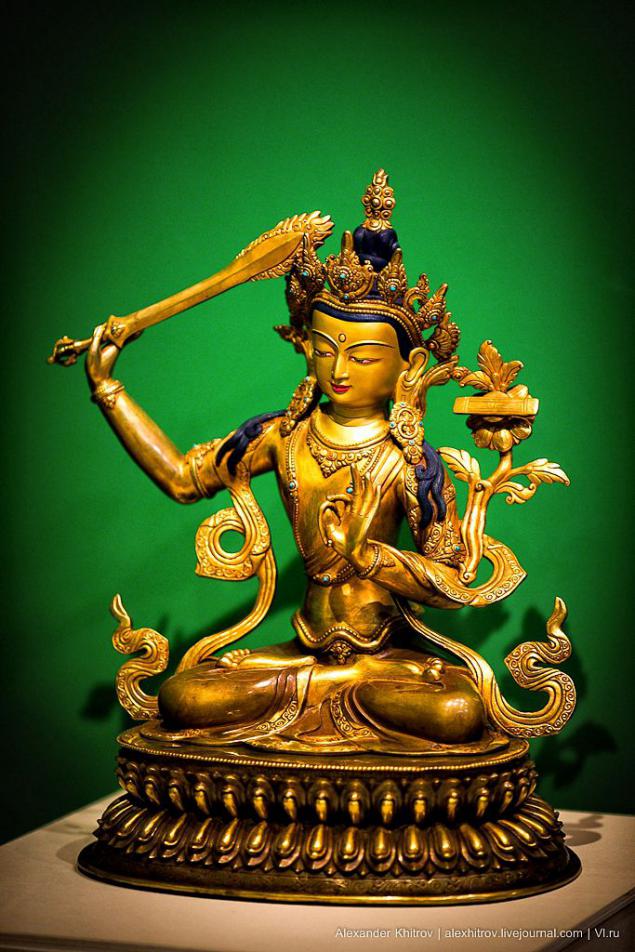
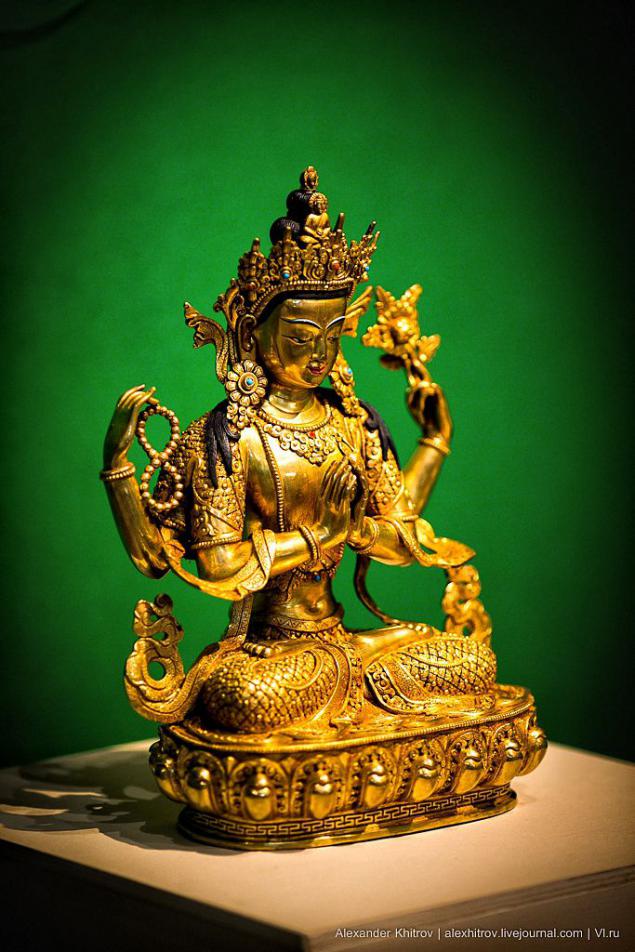

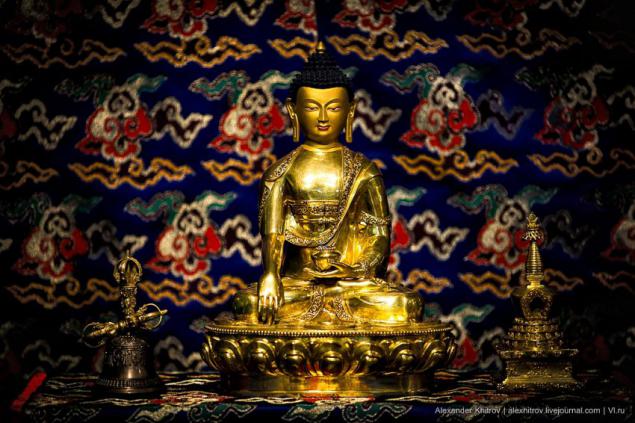
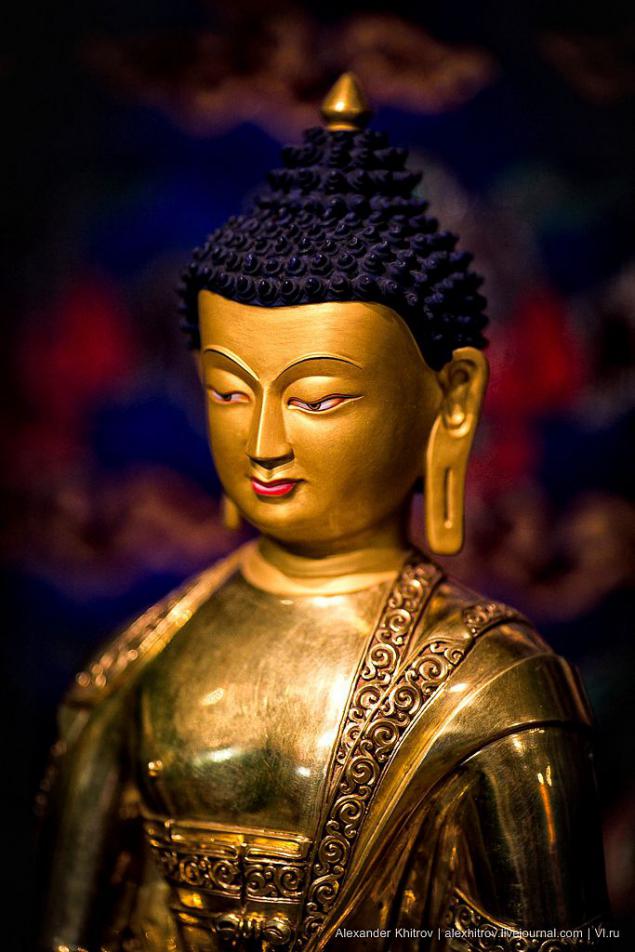
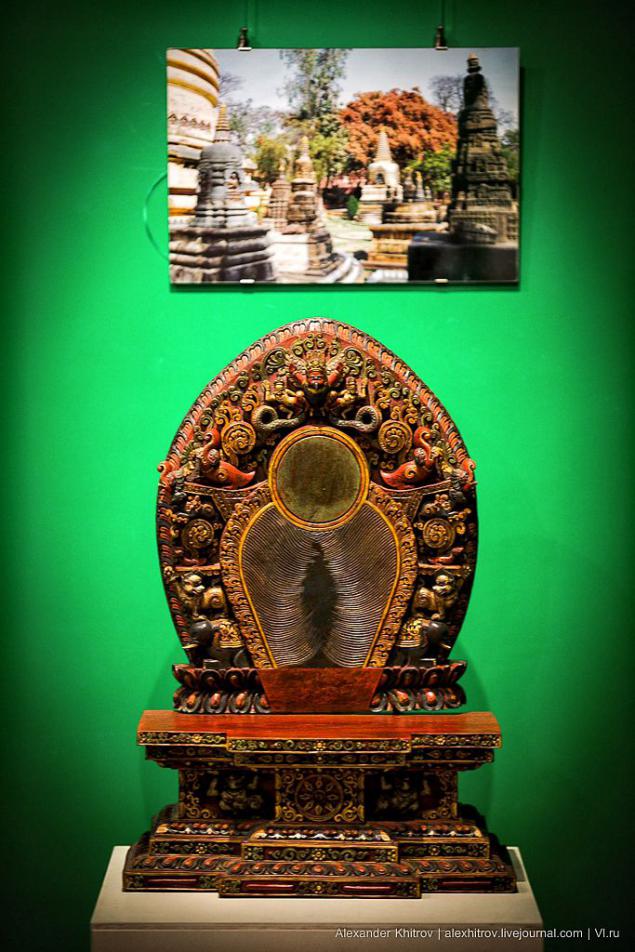
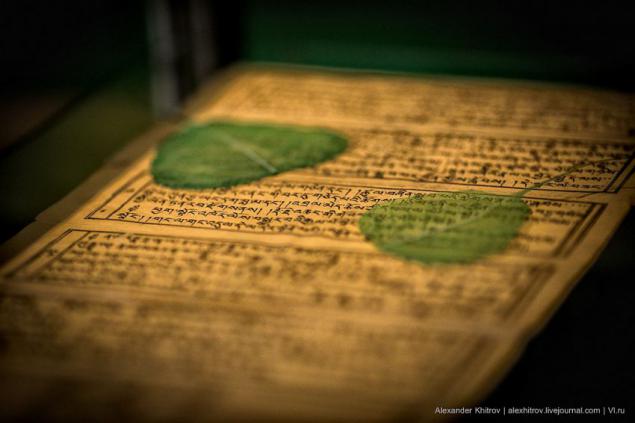
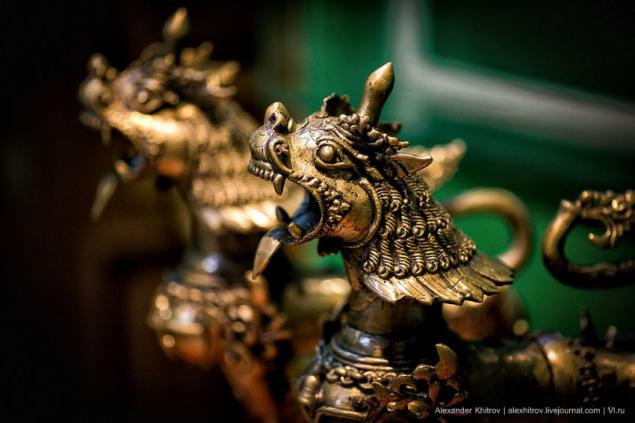
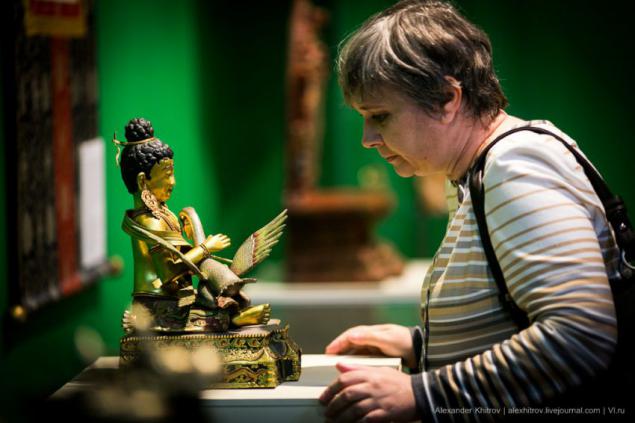
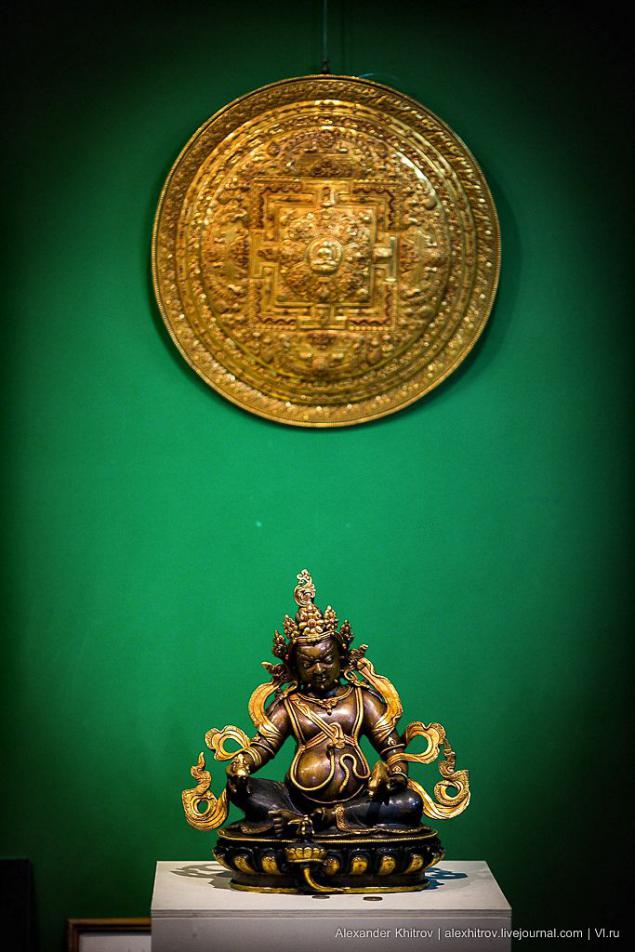
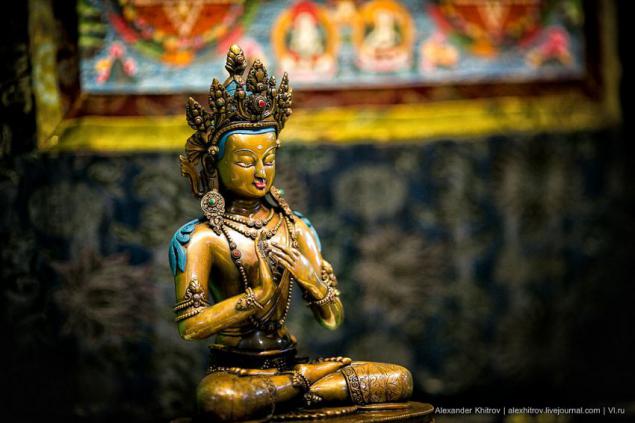
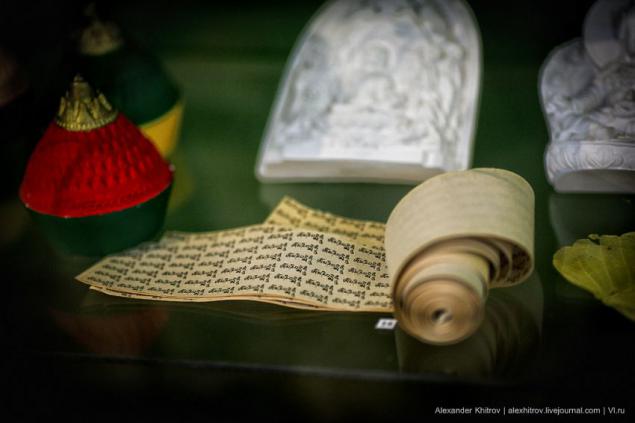
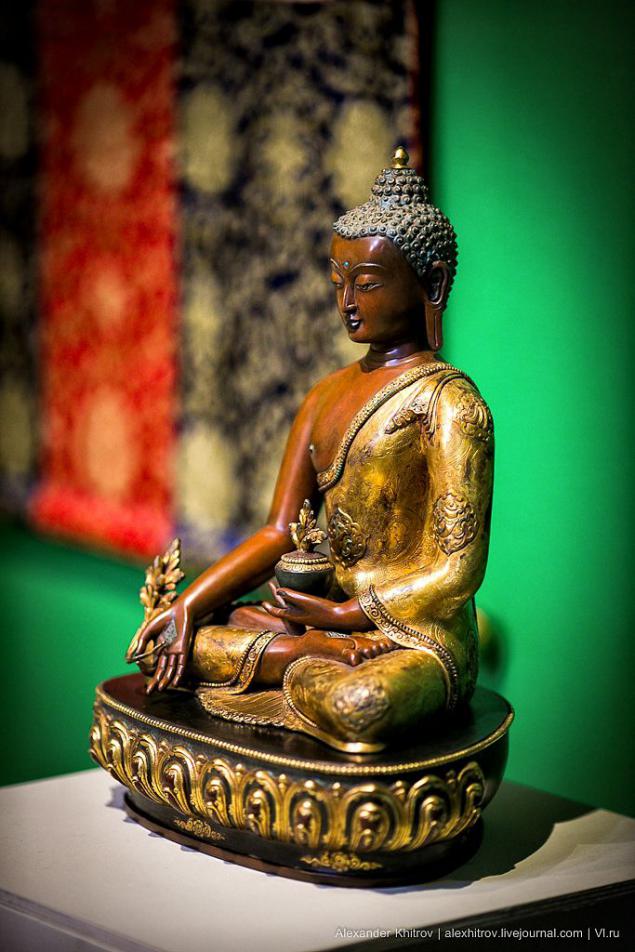
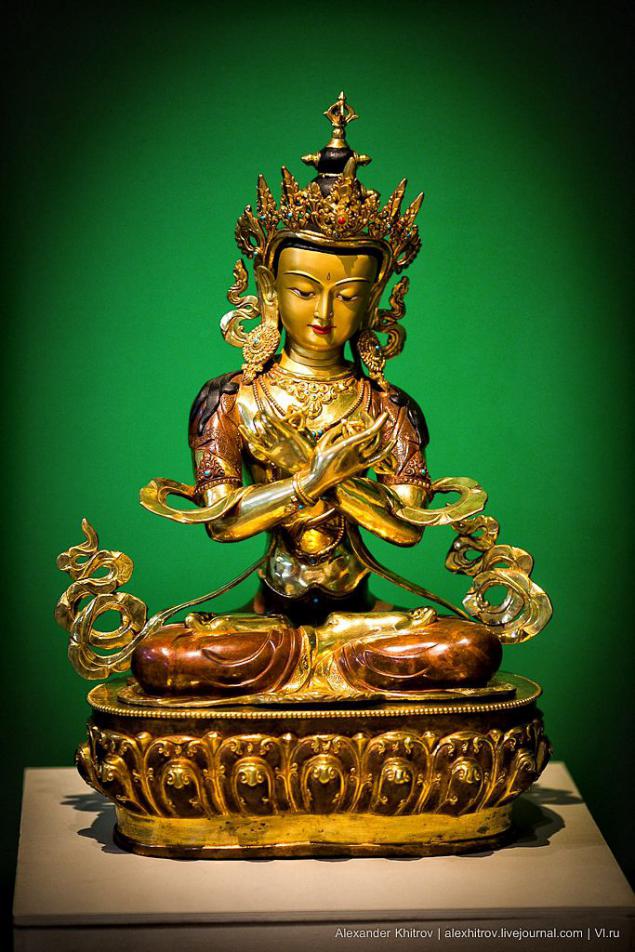

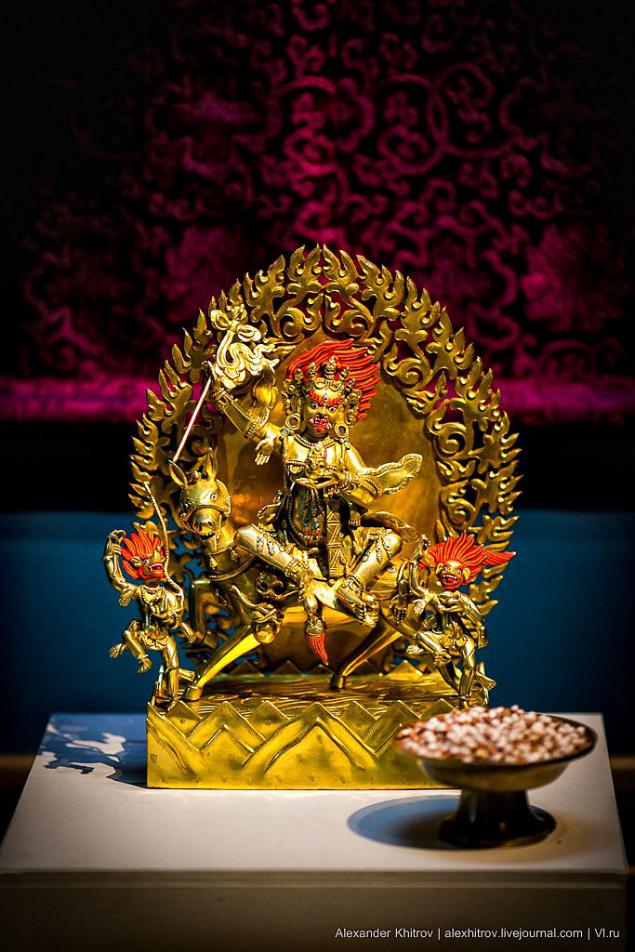
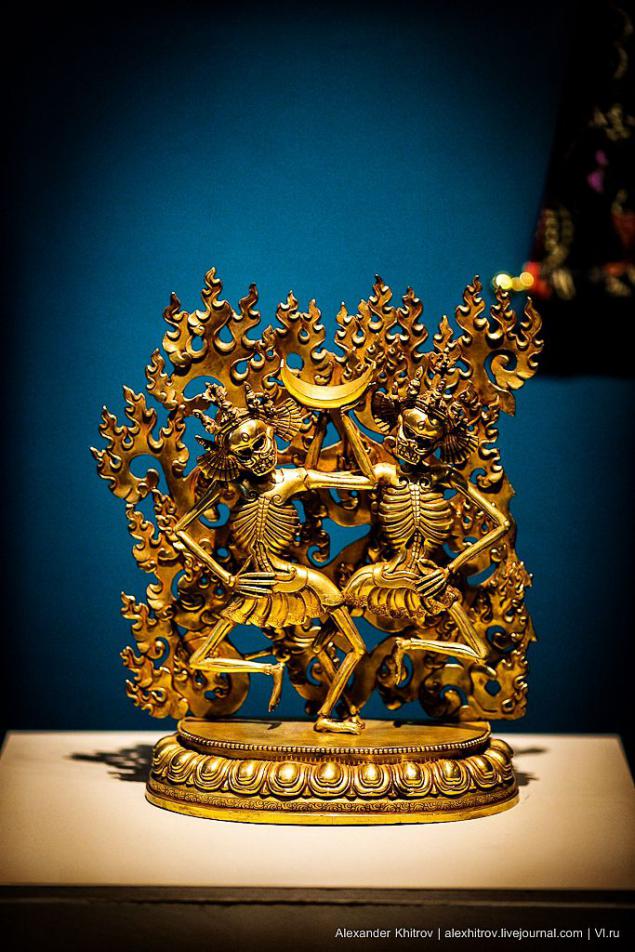
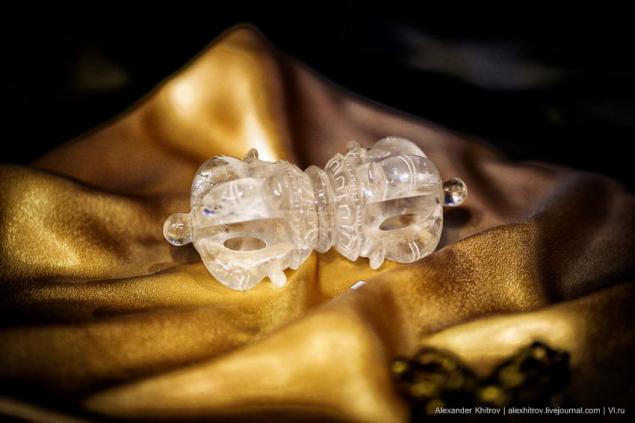
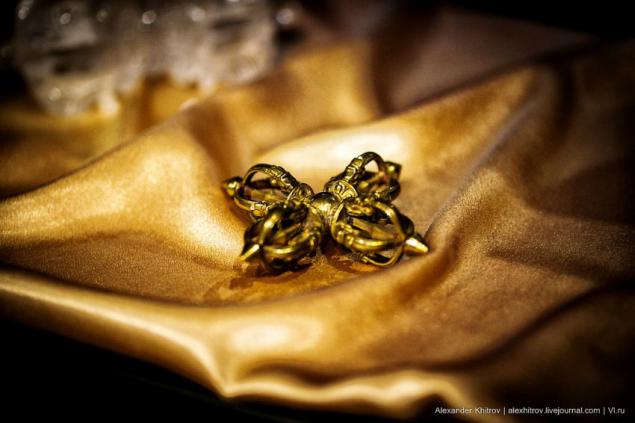
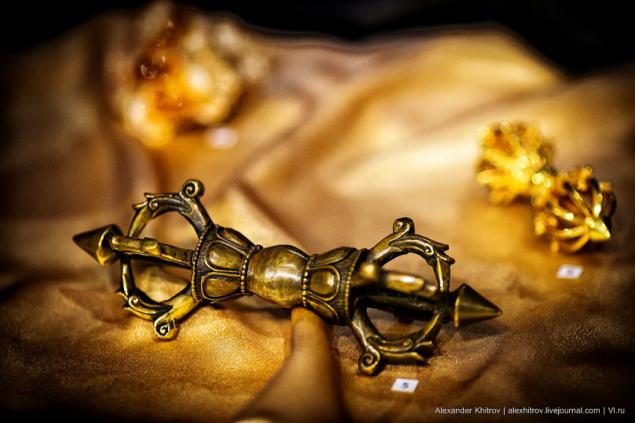
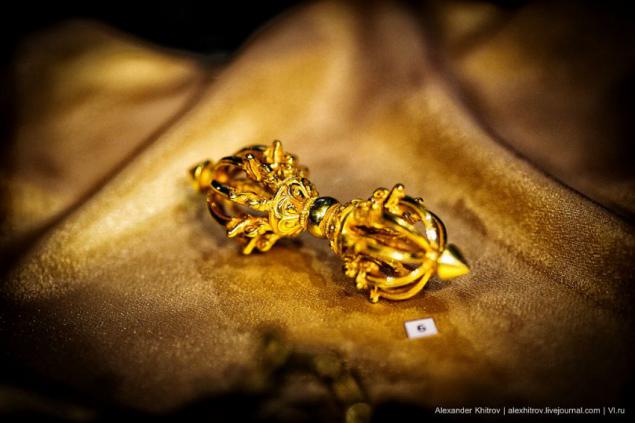
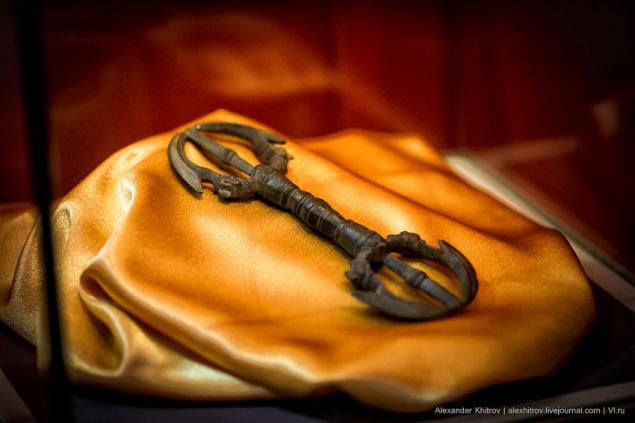


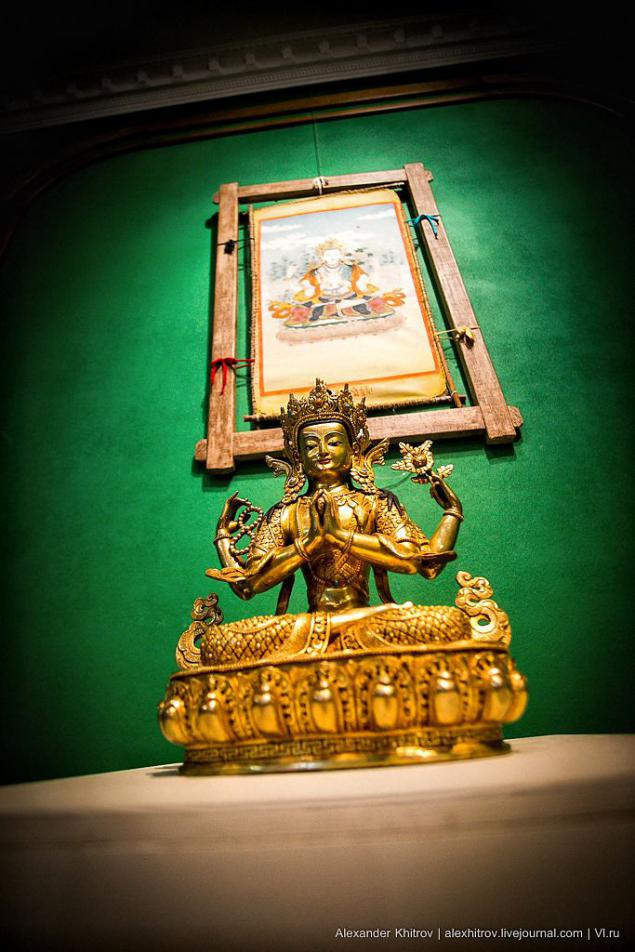
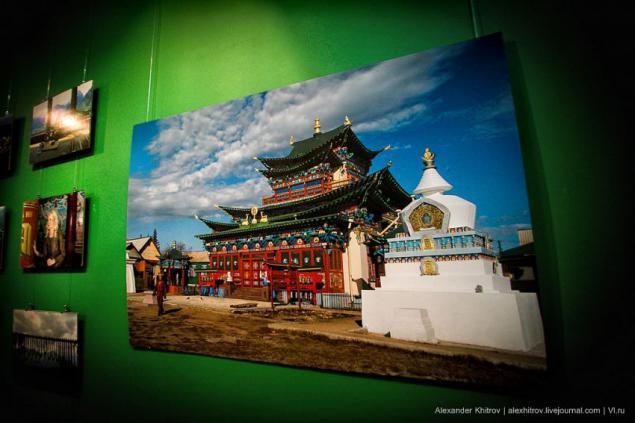
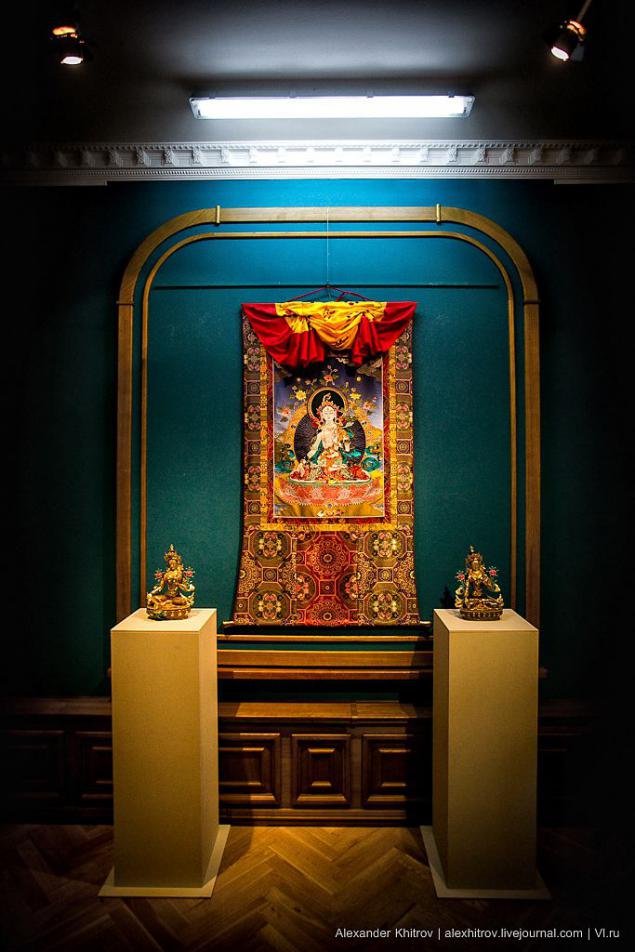
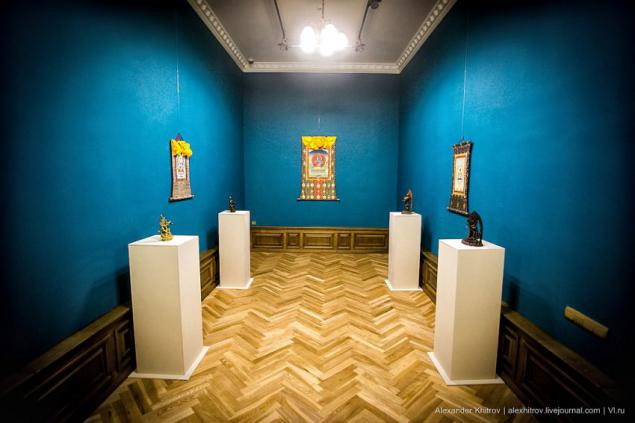
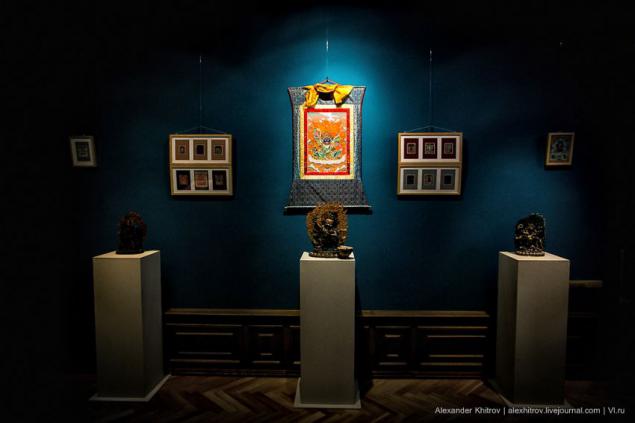
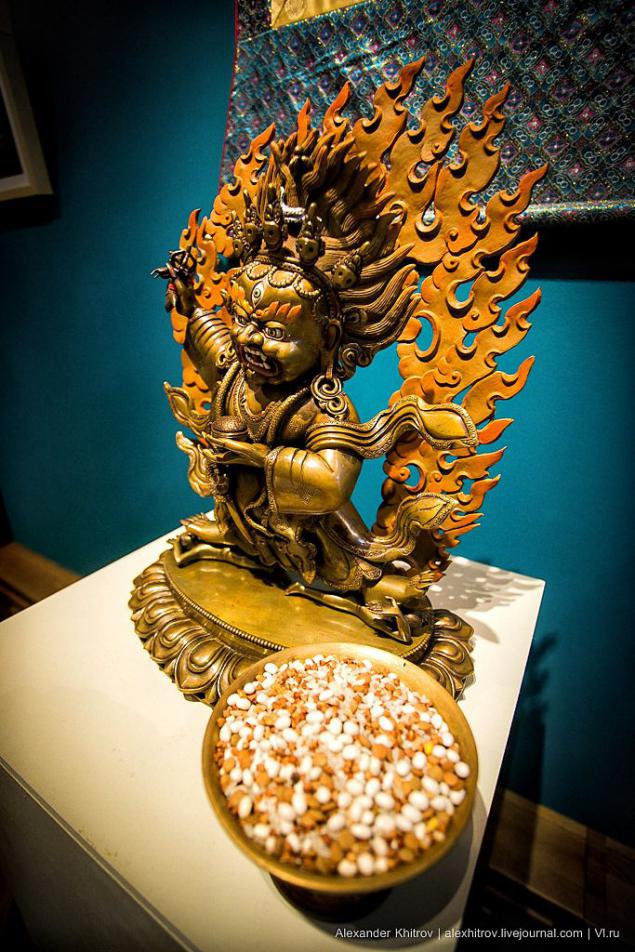
Source: alexhitrov.livejournal.com

Interactive project "Treasures of the Himalayas" was launched in the boundary walls of the State Art Gallery on Wednesday, October 16.

The exhibition - more than 400 exhibits from Nepal, Bhutan, Tibet, India, Republic of Kalmykia, Buryatia and Mongolia. One of the rooms is dedicated to archaeological objects found during excavations in the Primorsky Territory.

All of these treasures is not "home" - they are ten years traveling across Russia. In Vladivostok, the project first, and then our city will travel to Khabarovsk, Komsomolsk-on-Amur and Blagoveshchensk. Organizers of the exhibition - the international public organization "Cultural Heritage of the Himalayas" and the Association of Buddhist Diamond Way Karma Kagyu tradition.

First things presented in the collection of private collectors, then became Buddhists do not buy. According to the organizers, they would not show museum pieces, not archaeological artifacts and modern, the living tradition of Himalayan Buddhism (which is committed to a number of regions of Russia).

Already in the staircase gallery hung with colorful scarves good wishes - these can be found in the temples of Tibet, Nepal and Bhutan. Some statues of Buddha already on coins from visitors - they symbolize the generosity of the giver. And in the center of the exhibition - the stupa. So in the Buddhist tradition called religious building having a spherical or hemispherical outline.

"This is - a model of the first stupa built in Elista, Kalmykia. Even 15 years ago in the Buddhist region of our country was not a single mortar. The first was built with the support of the Russian Association of Buddhists in 1998, and now across the region of 40 stupas, "- said the curator of the exhibition project" Treasures of the Himalayas ", the creator of the collection Svetlana Belyaeva.

They say that the stupa to protect the place where it is installed. And Buddhists believe that it grants wishes. It is only necessary to bypass it around three times clockwise - and still make a wish. But is it to be useful not only help yourself but also others. And in the end, it is desirable to add: "Let it bring joy and benefit many beings».

In the same hall - eight smaller stupas, they are dedicated to events in the life of the historical Buddha Shakyamuni. Statues along the walls depict different forms of the Buddhas.

One of the halls is entirely devoted to the Buddhist artifacts found by archaeologists during excavations in the Primorsky Territory. There are things the decorative properties. And there are objects of worship. For example, Vajra (or other transcription Dorje) - ritual weapons and one of the pivot symbol of Buddhism. It was found during excavations in the ancient settlement Krasnoyarovskom and belongs to the XII-XIII centuries. "The Sanskrit word means" diamond "- this is the stone Buddha 2500 years ago chose a symbol of enlightened mind. When teachers give students the teachings they hold a vajra in his right hand (the right side is considered to be a male activity), and the left - a bell, a symbol of feminine wisdom, "- says Svetlana Belyaeva.

On the walls - thangka. It's a special kind of art inherent in the Himalayan region. On vertical scrolls depict various Buddha forms, scenes from the life of Buddha and the Buddhist representation of the structure of the world. For example, on one of the thangka painted mandala - a schematic representation of the world and the divine energy.

"From the European paintings, primarily thangka is different in looks like framing. It is always soft - it was convenient to roll it into a tube and travel, - said the artist thangka-painting and specialist in Buddhist art Zalina Toguzaeva. - Here are a variety of technology implementation thangka. For example, technology application - the entire image is cut out of tiny pieces of silk, each of which is specially processed and pasted on a silk base. Masters, so that work in our day, a handful. The exhibition presents two such works, maybe we will buy another one. They are very valuable, it is a real silk, gold thread ... But the authors do not know - in Buddhist art, as opposed to European, self-expression is not the goal. The main thing - the transfer of tradition ».






























Source: alexhitrov.livejournal.com
